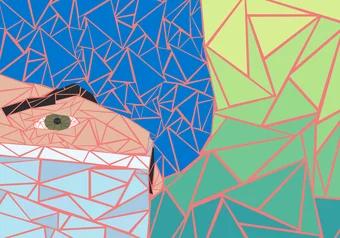The spread of COVID-19 at UBC has flatlined once again after the university and its surrounding neighbourhood produced no new cases of the disease between July 6 and July 12.
The latest update to the British Columbia Centre for Disease Control’s (BCCDC) neighbourhood-specific COVID-19 dashboard has revealed that both the rate of new cases per 100,000 residents and testing positivity rate fell to zero last week, after a brief uptick in the previous weeks.
Meanwhile, 78 per cent of UBC neighbourhood residents aged 12+ have received their first dose of an approved COVID-19 vaccine, showing a slight increase from the previous week.
Vaccine coverage increased in the 18-49 age group to 78 per cent, up three per cent from the previous week, while it increased by one per cent among the 50+ crowd to 80 per cent.
Provincially, 80 per cent of adults have received their first doses — an important threshold in the goal of herd immunity — and 49 per cent have received their second.
The average number of new cases has been gradually rising over the past week across BC, after a few months of cases declining. However, the increase has been incremental and July 13 saw the average decline once again.
Notably, Vancouver is no longer a provincial hotspot for COVID-19. The interior community of Grand Forks had by far the most new cases, while the Interior Health Authority has been recording the most daily new cases of BC 's five authorities. However, Vancouver Coastal Health — which includes UBC Vancouver — currently has the most active cases of COVID-19.
This headline has been updated to clarify that the vaccination rate is for first doses only.
Share this article
First online



